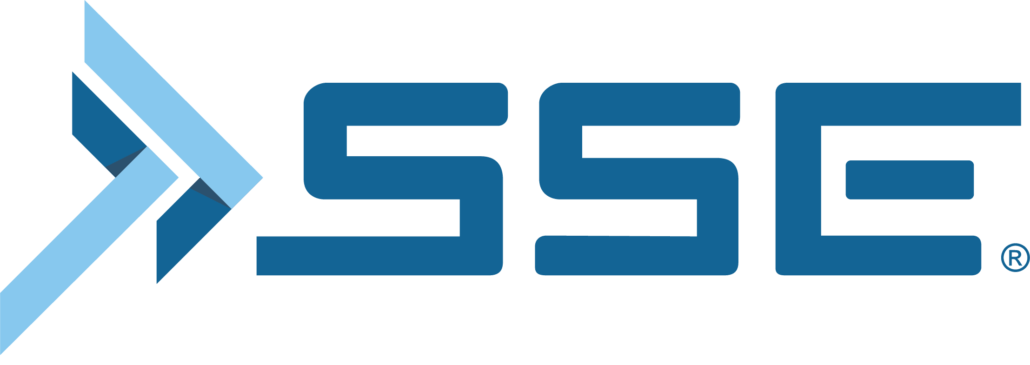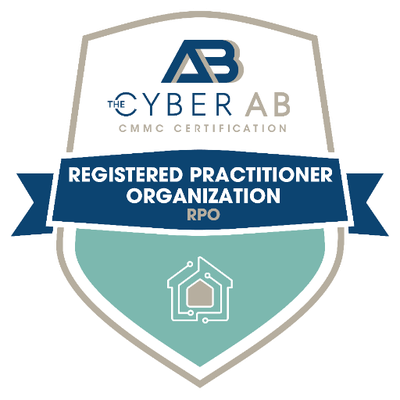Need to Meet CMMC Compliance?
Schedule Your CMMC Readiness Assessment
Fill out the form below to start the process
"*" indicates required fields
Learn More About CMMC and NIST Compliance
Check out some of our technology and DOD cybersecurity articles.
Contact us
About SSE
Contact Us
Interested in how SSE can optimize your business systems to ensure maximum availability and security? Contact our team today, and take a leap forward into the future of technology.
9666 Olive Blvd # 710,
St. Louis, MO 63132
info@sseinc.com | (314) 439-4700








Proper patch management improves a company’s cybersecurity stance and enhances its reputation, longevity, and productivity by helping to prevent downtime, data breaches, and reputational damage.
This article will discuss the importance of patch management, the risks associated with poor patch management policies, and best practices for efficient and painless patch management. We will also touch on antivirus management and the importance of managed and unmanaged software.
But First, What is Patch Management?
Patch management services are vital to maintaining the security and performance of your company’s computer systems. It involves keeping software updated by installing the latest patches and updates to fix bugs and vulnerabilities and improve the system’s overall performance.
Best Practices for Efficient and Painless Patch Management
A strong patch management strategy allows companies to proactively protect their systems from known vulnerabilities and mitigate potential risks. Furthermore, many regulatory compliance frameworks and industry standards, such as PCI-DSS and HIPAA, require regular software updates and patches to protect sensitive information and systems.
Therefore, keeping software up-to-date through a well-implemented patch management process is crucial to overall IT security and regulatory compliance.
Upgrades may be optional. Updates are not, or at least they shouldn’t be. An update that is not applied places your computer, network, and critical data at risk. Organizations should establish a schedule for checking for updates and installing them. Depending on the organization’s needs, this could be weekly, bi-weekly, or monthly.
Not all patches are created equal. Security patches, for example, should be prioritized over software patches.
Organizations should test patches before deploying them in a production environment. This will help ensure that the patches do not cause any issues and are compatible with the organization’s systems.
Automating patch management can save organizations a lot of time and resources. Automation can also ensure that patches are installed consistently and on schedule. SSE offers an automated patch management process and tool to simplify things for our clients.
Organizations should implement a patch management policy that outlines their patch management processes, including the schedule for checking for updates, the process for testing and deploying patches, and the process for keeping an inventory of installed software.
Organizations should keep an inventory of the software installed on their systems. This inventory should include the version number, the vendor, and the installation date. This inventory can help organizations track which systems must be patched and which patches have been installed.
Antivirus Management
Antivirus software is a program that scans a computer or network for malware and removes it if found. Antivirus software is vital for protecting organizations from malware, such as viruses, Trojans, and worms, which can cause harm to a system.
There are two types of antivirus software – managed and unmanaged.
Managed antivirus software
This type of antivirus software is managed by a third-party service provider like SSE, which keeps the software up to date and provides support. We install, configure, and maintain the software on our clients’ devices. This means that our clients do not have to worry about the technical aspects of the antivirus software and can focus on their core business. Additionally, we regularly report to our clients on the software performance and any issues detected.
Unmanaged antivirus software
The organization itself manages this type of software. This means the company must install, configure, and maintain the software on their own devices and handle the software’s incident response and regular reporting. There are more cons than pros regarding unmanaged antivirus software, not to mention no notification of failed updates or suspicious activity. End users can often interrupt, disable, and remove the software.
Stay On Top of Patch and Antivirus Management with SSE
If your resources are stretched thin, consider patch management and/or antivirus services at SSE. At SSE, we’ll ensure that your patch management process is efficient, effective, and fully compliant with relevant regulatory frameworks and industry standards. This will reduce the risk of security breaches, improve the performance of your systems, and maintain regulatory compliance.
SSE’s expertise in cybersecurity allows us to provide tailored solutions to implement the best patch management practices and to keep your systems and data secure and up-to-date. Let the experts manage your IT. Schedule a complimentary Network Assessment and begin securing your infrastructure with SSE.